Log in or create new account to save this product to your wishlist.
Mowing your lawn BEFORE overseeding — this is how it works!
Overseeding is an essential lawn care task. But make sure you cut your grass beforehand (otherwise, you'll have a jungle on your hands!).
Latest articles
7 MIN 22 Jul How to keep your lawn in shape this summer 9 MIN 15 Jul Watering Your Garden: 10 Top Tips! 11 MIN 15 Jul Is Your Grass Type Right for your Garden? 11 MIN 10 Sep Create Your Low-Maintenance Garden – Tips and Ideas 11 MIN 08 Sep The Ultimate Guide to Choosing the Perfect Hedges for Your Garden 12 MIN 30 Aug The Top 20 Evergreen Climbers to Transform Your GardenIt’s a schoolboy/girl error — forgetting to mow before overseeding. It’s not the end of the world, but your lawn will look mighty untidy for a while if you don’t cut beforehand.
Because your existing grass will grow around your newly seeded grass plants — and you can’t mow until they’re established.
Don’t worry — it can happen, which is why I’m writing this short blog piece, reminding you why you should mow before overseeding!
What is overseeding?
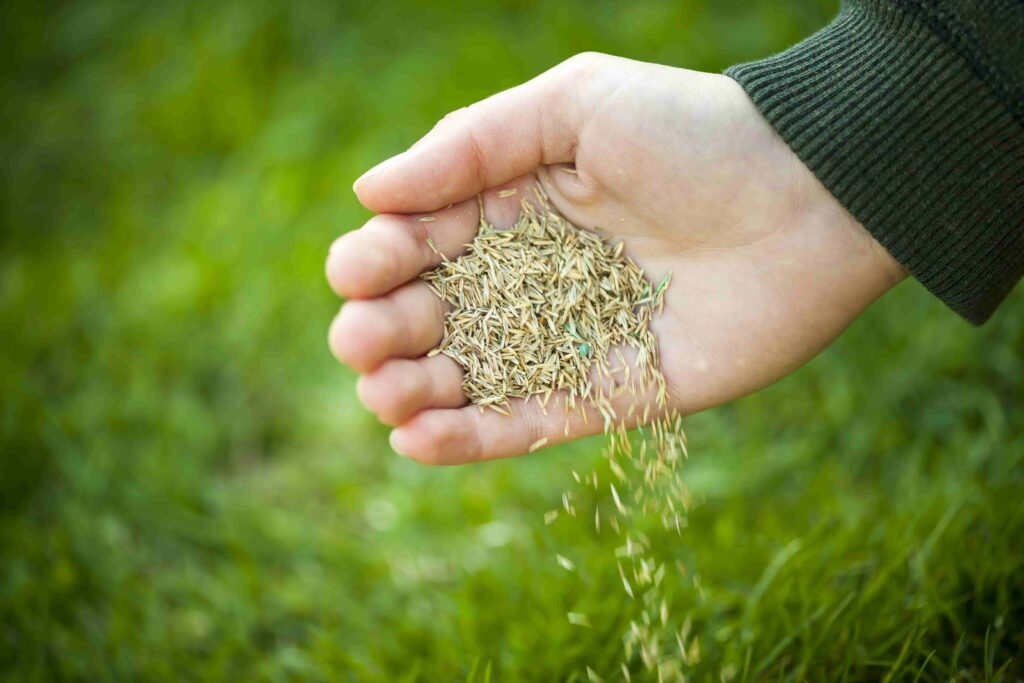
Overseeding is one of the most effective ways to keep your lawn young and robust, providing a dense turf that will keep weeds and moss at bay.
However, it can take up to four weeks for the new seed to germinate and grow to the point it’s ready for its first mowing. And all the while, your existing lawn continues to grow.
Sure, you can mow around the overseeded areas if they’re in patches, but it’s better to leave your lawn undisturbed to ensure the new grass plants aren’t damaged.
So, cut your lawn a little shorter than usual before overseeding.
Why overseeding creates a denser lawn
When you overseed, you spread fresh lawn seeds over your existing lawn, paying particular attention to any bald spots. This means that your lawn will fill out with new, young blades.
This is important because grass plants don’t last forever — over time, they become depleted and more susceptible to disease. Most grass plants last five years at their peak, and it’s downhill from there.
So, by overseeding, you keep your lawn young, healthier, and more resistant. You’ll develop a denser, more beautiful turf, which has a better chance against diseases, moss, and weeds.
Lawn doctor Louis says:
Even the best lawn care regime won’t keep your lawn thriving forever. Overseeding is the best defence against the signs of ageing for your lawn. (If only we could do the same for our bodies!) Even the best lawn care regime won’t keep your lawn thriving forever.
Why is overseeding important?
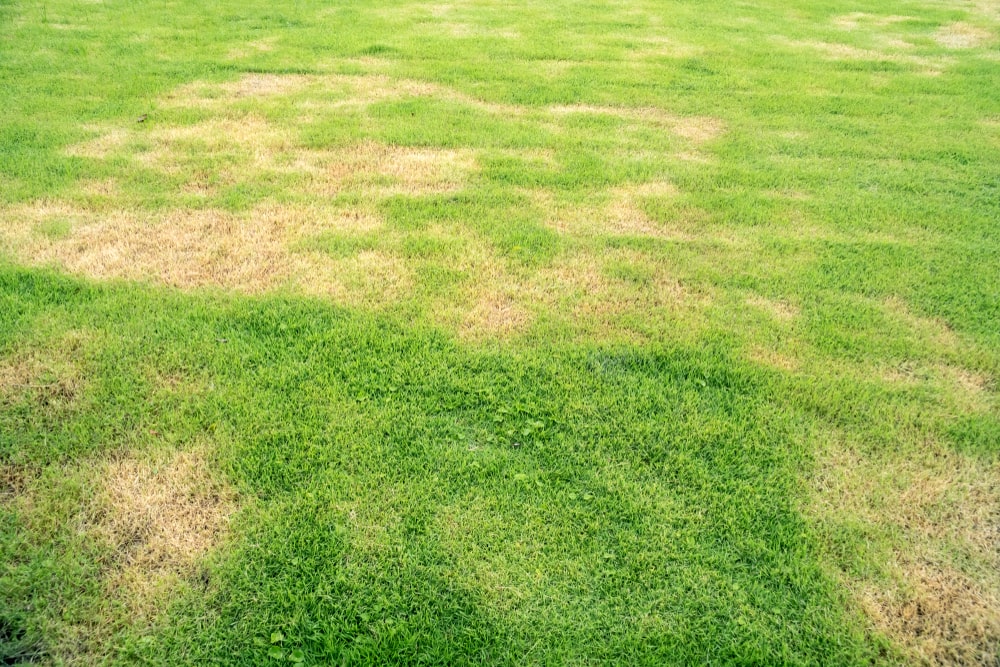
There are two principal reasons for overseeding:
- Lawn rejuvenation: overseeding replaces old, dying grass with fresh, young plants, which help protect against weeds, moss, and disease.
- Lawn preservation: as soon as bald spots appear in your grass, weeds and moss will force their way into your lawn. By overseeding, you’ll prevent the likelihood of bald spots, which helps prevent weed invasions!
When should I overseed my lawn?
The best time to overseed is during the spring or autumn because the soil is warm enough to germinate the seeds, and there’s more likely to be regular rain to relieve you of the constant watering you’ll need to do to help your young plants on their way to maturation.
However, if you’re attacking weeds, pests, or a lawn disease, you can overseed whenever the bald spots appear due to weed death or pest removal.
However, lawn seed will only germinate when the soil temperature is at or higher than 10℃, so it won’t work in the depths of winter.
Remember: always use a lawn starter fertiliser to boost the soil’s nutrition so your baby plants will grow into healthy adults.
How to prepare the lawn for overseeding
Lawns don’t grow in a day! High-quality seeds tend to take up to 4 weeks to germinate and grow to a strength sufficient for the first mowing.
And this is why it’s essential to mow before overseeding because your established grass plants will be huge after four weeks. Remember, new grass plants need direct access to sunlight and air — if the surrounding grass is too long, it will put your new plants in the shade. This leads to humidity and, ultimately, mould, which can kill your new plants.
So, mow to 3cm before overseeding. This is shorter than a typical cut but will ensure plenty of light and air for your young plants to thrive.
Lawn doctor Louis says:
If you usually leave your grass clippings on the lawn to mulch, make an exception after overseeding. Ensure there’s plenty of air circulation around the new seeds; otherwise, they’ll suffocate before they can grow.
Preparing the soil for overseeding
Healthy grass grows on healthy soil, so two things are essential:
- The nutrient content of the soil
- The type of soil
Fertilise your soil
Supply additional nutrition via regular fertilisation. I recommend fertilising your lawn at least three times a year for optimal results. If that’s too much, aim for early spring and late autumn. That way, the soil will be in good condition to support your grass plants when they need it the most.
Check out our expert guides on fertilising your lawn and understanding your soil needs.
Test your soil
To determine your soil type, just grab a handful of earth and squeeze it in your palm. If the mud sticks together firmly, you have clay soil; if it falls apart when you release your palm, you have sandy soil.
If you have clay soil, you’ll need to aerate regularly to ensure it doesn’t become compacted. You may need to improve the ground with water-retentive organic matter if it’s very sandy.
Find out more about improving your soil in our expert guide to improving soil quality.
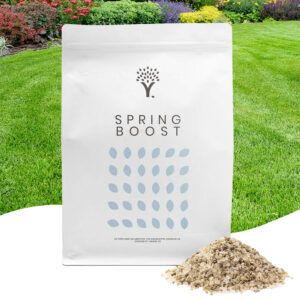
- Slow release but fast acting
- Results within 7 days
- Lasts for up to 90 days
Which lawn seeds should I choose?
It depends on your garden conditions. If your lawn is in full sun all day, then you have the widest choice of grass seeds — choose either a robust lawn seed for heavy use or an ornamental lawn seed for beautiful grass that can be cut short.
If you have a shady garden, you’ll need a lawn seed that copes in both sun and shade, so try out our Shade & Sun grass seed.
Check out our wide range of lawn seeds for all gardens.
Lawn doctor Louis says:
MOOWY’s lawn seeds are mixes of high-quality, long-duration grass seeds. Cheap lawn seeds die off after a single season.
Top tips for mowing before overseeding
Before overseeding, follow these tips:
- Remove all debris from the lawn surface, including stones, branches, and leaves.
- Remove garden furniture and anything that will put the lawn in the shade.
- Cut out the weeds, and immediately fill the holes with good topsoil.
- Move your lawn to 3cm.
- Sow your grass seeds by hand or with a hand spreader.
- Lay a lawn starter fertiliser. This supports the seedlings as they grow.
- Keep your lawn moist for 14 days — spray it three-to-four times daily. Little and often is better than one extensive watering, which could displace the seeds.
- Remove weeds as they grow, and avoid walking on your lawn for four weeks.
- After four weeks, mow. And enjoy your lawn!
Lawn doctor Louis says:
Keep an eye on the weather forecast. Mild temperatures and moderate showers are best! Avoid frosty or hot days, as they can kill your seedlings.
Thanks for reading!
I hope you’ve got all the info you need for a successful overseeding project. But if you have questions, get in touch!
We’ll reply asap!
Happy overseeding.
Leave a comment
Your answer will be displayed on the site and the interested party will be notified by email.
Leave a comment
Have a question or want to share your experience? Leave us a comment.
Read more
The best tips and tricks for a lush green lawn
 4 MIN
03 Sep
Gardening in September — jobs to do
4 MIN
03 Sep
Gardening in September — jobs to do
 7 MIN
23 Aug
How to Encourage Bees in Your Garden
7 MIN
23 Aug
How to Encourage Bees in Your Garden
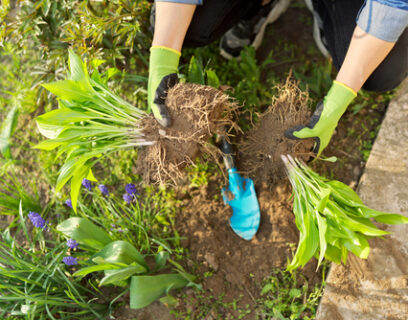 5 MIN
09 Aug
4 Tips for more Ergonomic Gardening!
5 MIN
09 Aug
4 Tips for more Ergonomic Gardening!
 Scarifying Kit
All products after scarifying | Quickly restores the lawn after scarifying | Outsmart weeds quickly with the use of this kit
From: € 39.99
Scarifying Kit
All products after scarifying | Quickly restores the lawn after scarifying | Outsmart weeds quickly with the use of this kit
From: € 39.99
 Spring Lawn Care Kit
MOOWY’s choice for the spring | Quick recovery of your lawn after winter | A strong lawn prevents weeds
From: € 25.99
Spring Lawn Care Kit
MOOWY’s choice for the spring | Quick recovery of your lawn after winter | A strong lawn prevents weeds
From: € 25.99
 Long Lasting Lawn Fertiliser
Effective for 90 days | See results in 14 days! | Suitable for all types of grass and soil
From: € 13.99
Long Lasting Lawn Fertiliser
Effective for 90 days | See results in 14 days! | Suitable for all types of grass and soil
From: € 13.99
Do you want a lawn calendar?
🌱 All important maintenance moments for your lawn during the year. Leave your email and we will send you the lawn calendar for free.
Enter your email
Receive the lawn calendar in the mail
Enjoy a green lawn all year round!



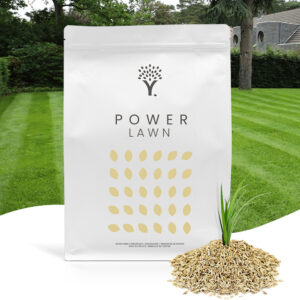

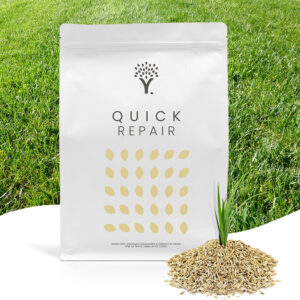






Comments (0)
There are no comments yet. Well then, what are you waiting for to
Be the first to write your comment!inaugurate this pretty page?
Do you have some comments?